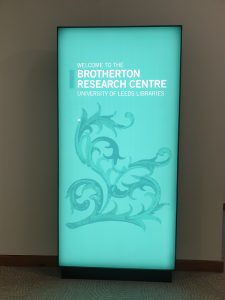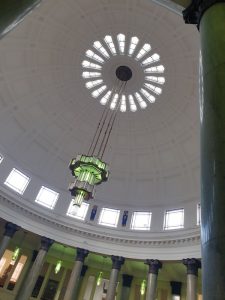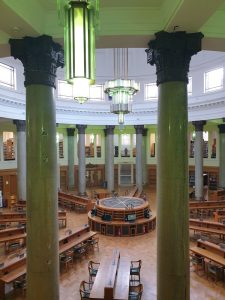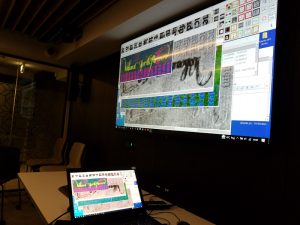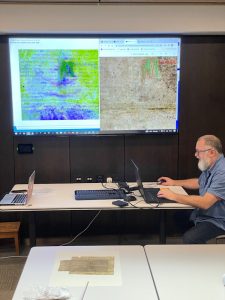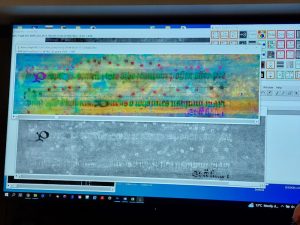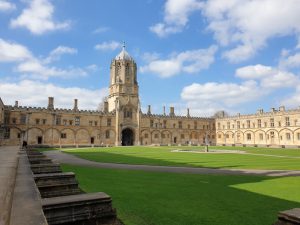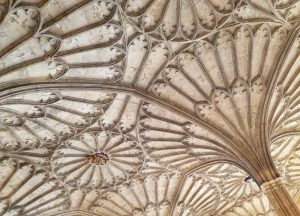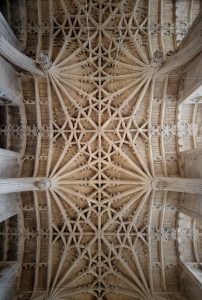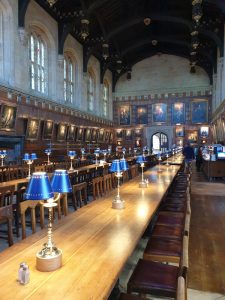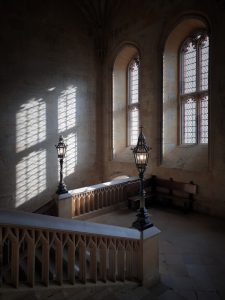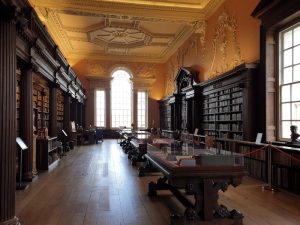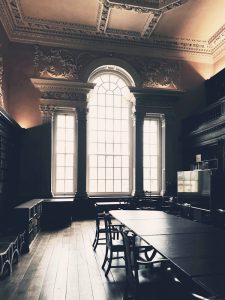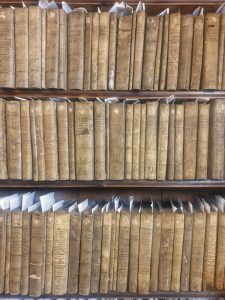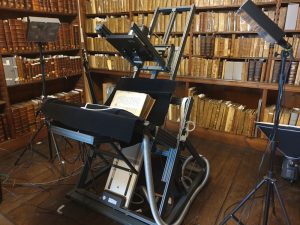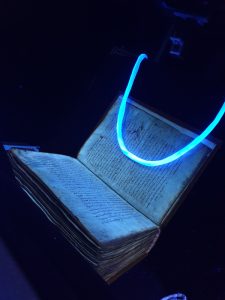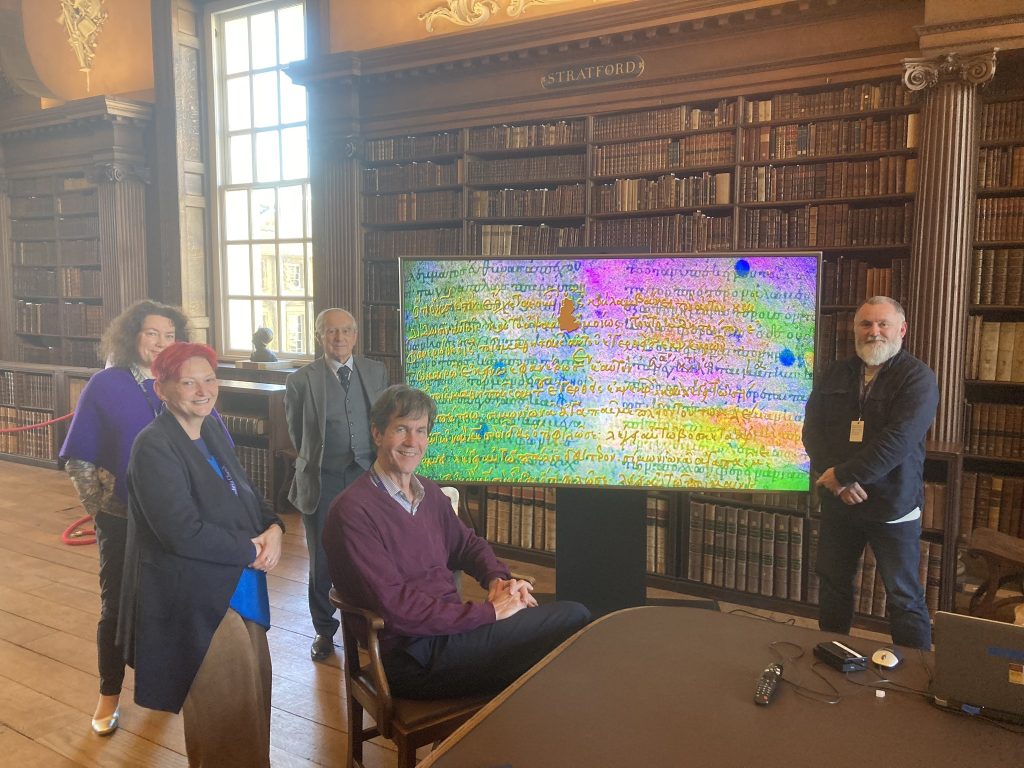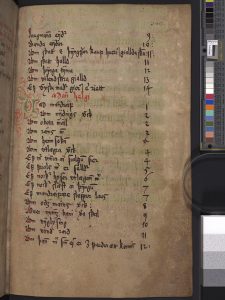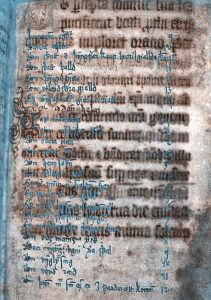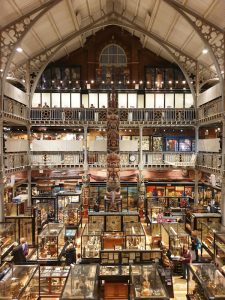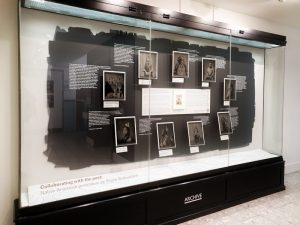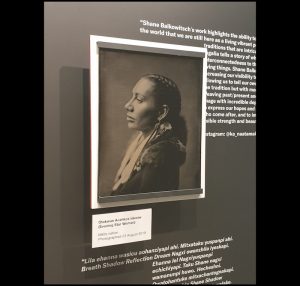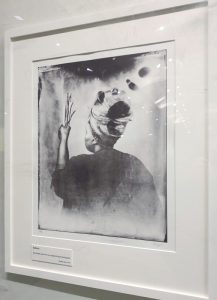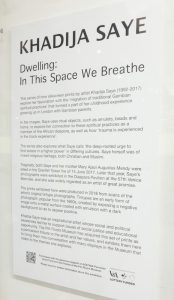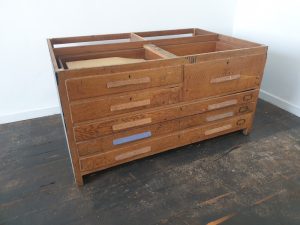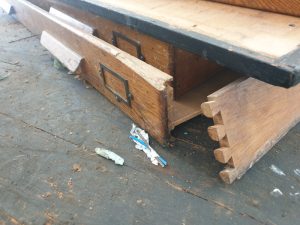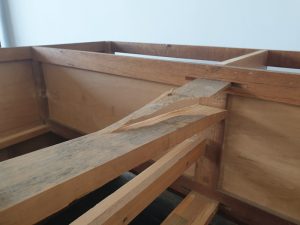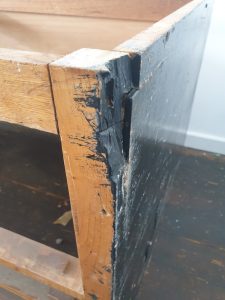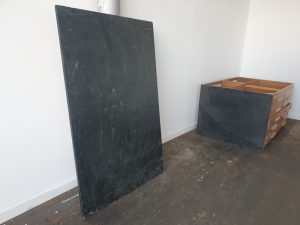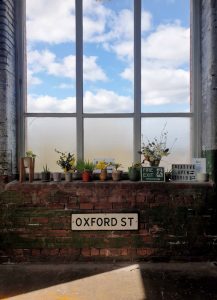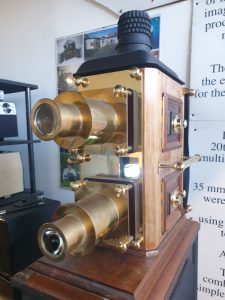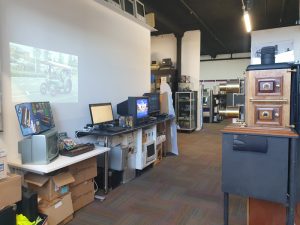I’ve had a busy week or two. For work I travelled to the University of Leeds and Christ Church College, Oxford University to visit their Libraries and Special Collections as part of a multispectral imaging collaboration, this is despite the best efforts of the UK rail service, trying to throw a spanner in the works.
Leeds was holding a number of research imaging sessions as part of Digital Explorations: Opening the Medieval Manuscript Fragments from the Ripon Cathedral Library led by Dr N. Kivilcim Yavuz, Lecturer in Medieval Studies and Digital Humanities, and for these three days, multispectral imaging by Mike Toth of RB Toth Associates, leaders in new digital research technologies.
I’ve known Mike for a number of years, one of our MSI systems is a Toth SpectralXV system. He has been very supportive of Imaging and what we do at the John Rylands Library. So it was good to catch up with him and as it turned out, to lend a helping hand.
Due to the logistics of working in a Special Collection Library with MSI and a large group of professionals, we had to split imaging and data processing over two rooms. Mike taking care of image capture and I taking card of data processing and visualisation. Judging by the positive feedback it seems to have gone very well.
I look forward to hosting the Leeds Imaging team and their colleagues when they visit JRRIL in the near future.
The following week I was at Christ Church College Library, Oxford University I met again with Mike Toth, this time to image a number of palimpsests but my main reason for visiting was to image and process data of the Charles Dodgson (also known as Lewis Carrol) over painted salt prints. Sadly this imaging wasn’t allowed, and the item removed from the shoot schedule at the last minute.
Again, Mike took care of image capture with the assistance of the library photographer Alina Nachescu, and I processed the data ready for the academics to review the very next day. That live feedback of our results the next day was a highlight and emphasised how far MSI workflows have progressed in just the last few years.
Thank you to Gabriel Sewell, Cristina Neagu and Alina Nachescu for the warm welcome and hospitality.
One subject that was raised at both events regarded access to software for academics and researchers to process the data themselves. Now, our systems have bespoke analysis software as part of the system, so aren’t easily available to individuals without the hardware.
Two MSI specific open source programs are Hoku and R-Chive which I’d not paid much attention to in the past due to using our bespoke ImageJ software.
I’ll be correcting that by following up with some comparative blog posts, at work, in the near future. In the meantime here’s a quick processed palimpsest from Icelandic MS 5 using R-Chive. It was very straightforward even with a couple of glitches.
Whilst in Oxford I just about managed to squeeze in a visit to the Pitt Rivers Museum to catch the recently installed exhibition of ambrotypes by fellow wet plater and friend Shane Balkowitsch.
I also just had time time to take in the silkscreen prints of original tintypes by Khadija Saye. Khadija died in the Grenfell Tower fire, 14th June 2017.
I’ve also been trying to spend time at the studio but it just seems to take so much time but I think I’m slowly getting there.
The ceiling has been plastered (thank you so much Pat) and paint is slowly going on. Items that are still being stored will be moved out in a few days time but the large plan chest will remain, as it became available for sale, as it was too big for the artists studio and we came to s mutually agreeable price.
It needs a bit of work as it has some damage from being in storage, and had been painted in the past. I’ll strip that back and repair the woodwork. The loose “top” has embedded rollers which now makes me think maybe its the bottom?? As it would make sense to make it mobile in the studio. I’ll have to have another look. Its a good size with some useful drawers. I’ll attach a new smooth top though.
I also popped into the Computer Museum, Joe gave me the grand tour and its a great trip down IT memory lane. Well worth a visit, Lee, my older brother could spend days in there. There’s also a small section devoted to stereo projection and a replica wooden and brass projector with a built in digital projector that made me do a double take. Very well done.
That was quite a long blog post, I don’t usually blog work related stuff, sorry
